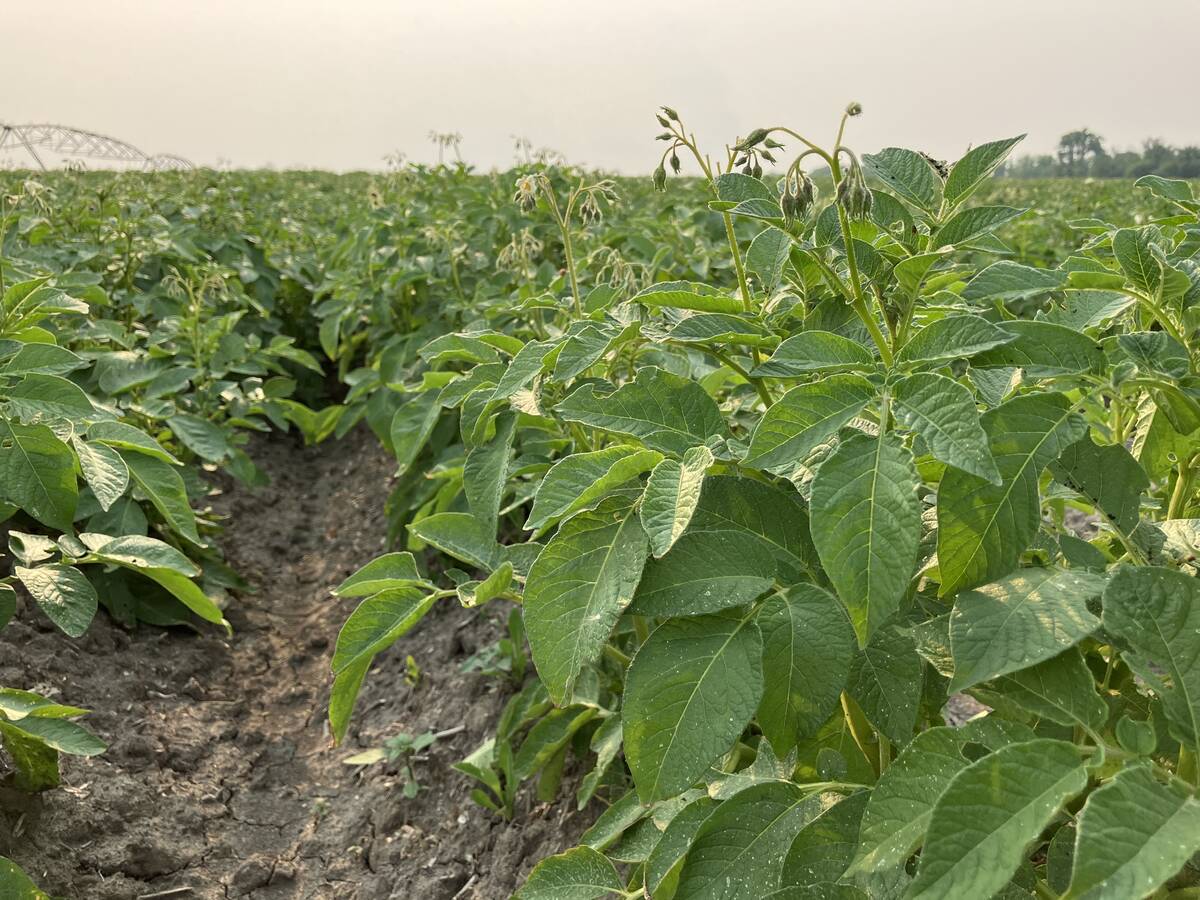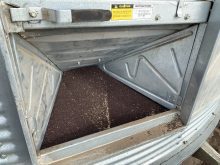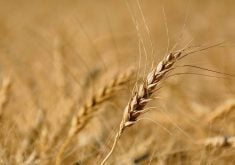It had been a long day for the 35 people working for the Canadian International Grains Institute, and it was far from over.
But as the last tour of the day made its rounds at the open house celebrating the institute’s 40th anniversary, there was nothing to indicate that the presenters had done this many, many times already that day.
On the contrary, they oozed with enthusiasm. It was clear that they like what they do and take pride in doing it well.
It took vision to create the Canadian International Grains Institute 40 years ago, a vision that added technical and product development support for Canadian grains, oilseeds and pulse crops. It was a cheeky idea to give Canadian farmers a competitive edge in a global marketplace that wasn’t just sluggish, it was drowning under a crippling surplus as governments wrestled with the massive success of postwar policies to increase production.
Read Also

Potatoes join Innovation Farms testing ground
New MacGregor site adds potato farming to FCC and EMILI’s agriculture tech initiatives in Manitoba.
In the early 1970s, Canada was facing a record wheat carry-over of 27.45 million tonnes, more than half of it in farmers’ bins. The carry-over was three times larger than wheat exports that year of 9.79 million tonnes. Canada was carrying over almost the equivalent of an entire crop of the six major grains and oilseeds, again, with more than half of it on the farm.
The International Wheat Agreement had fallen apart. The transportation system was plugged. The market dynamics were changing.
Those were the days when cash-strapped farmers bartered with local feed mills for credit at local furniture stores. In those days, having livestock on the farm was considered value-added diversification.
But they were also times when people did things like get together in each other’s homes to discuss possibilities and solutions to the industry’s problems. It was a time when governments didn’t fear regulatory interventions, rather they embraced them — sometimes to a fault.
The concept of Cigi emerged from some of those backyard barbecue discussions: sell more Canadian commodities by showing customers how they can make more money using them.
The concept received seed money from the federal government, but quickly became an extension of and support for the marketing and quality control functions carried out by the Canadian Wheat Board, and the Canadian Grain Commission.
Cigi has witnessed some remarkable times in the Canadian grain industry — the reformation of the grain transportation system, and the push towards deregulation, most notably with the end of the CWB’s single desk later this year.
But because of the technical, problem-solving and creative strengths of its people, it has also been therefore the explosive growth in canola to become Canada’s largest crop and an oilseed for which demand continues to exceed supply. Likewise for pulse crops, with Canada’s rise to become the world’s largest exporter.
We make much of these commodity export success stories, at the risk of losing sight of the people whose collective efforts made it all possible. The variety developers, the problem-solvers, the farmers who opted to try crops that shouldn’t be possible in this climate, the promoters, the administrators, marketers and yes, the regulators.
These roles have been filled for the most part with people who were willing to go beyond their usual duties to work on committees and organizations, usually on their own time, to build this brand that is Canada.
Tony Tweed, Cigi’s head baker for the past four decades, summed it up as well as anyone. “You are really selling Canadian grain, but you are also selling Canada — clean air, fresh water, nice people — and the systems are honest here.”
Oh, and by the way, you can make top dollar with the top-quality foods using the stuff our farmers grow and we’ll show you how. For farmers, that first and foremost means customers who keep coming back and who are even willing, at times, to pay a little extra because they know the value is there.
The players that once made up the “team Canada” approach are changing. The CWB is losing its monopoly and its role as one of the founding partners in Cigi. The other, the Canadian Grain Commission, is also undergoing major reform.
With this week’s announcement of a checkoff to support research, promotion and technical support for western Canadian grains, farmers will be expected to directly support these efforts.
The fact that it’s a voluntary checkoff implies farmers have a choice. But it’s somewhat akin to the choice between maintaining your car or not. You can coast along for a while, but eventually you’re on the sidelines being bypassed.



















